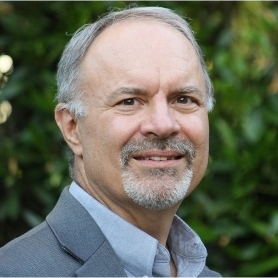Overview
SUPPLIER
MANAGED
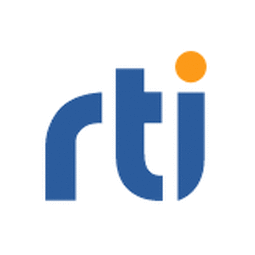 |
RTIYour Systems. Working as One. |
| United States | |
| 1991 | |
| Private | |
| $10-100m | |
| 51 - 200 | |
| Open website |
IoT Snapshot
Technology Stack
Case Studies
Number of Case Studies8
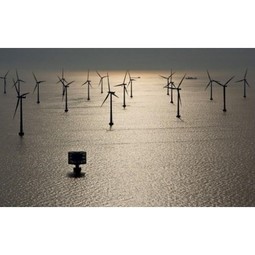 |
Siemens Wind Power
Wind provides clean, renewable energy. The core concept is simple: wind turbines spin blades to generate power. However, today's systems are anything but simple. Modern wind turbines have blades that sweep a 120 meter circle, cost more than 1 million dollars and generate multiple megawatts of power. Each turbine may include up to 1,000 sensors and actuators – integrating strain gages, bearing monitors and power conditioning technology. The turbine can control blade speed and power generation by altering the blade pitch and power extraction. Controlling the turbine is a sophisticated job requiring many cooperating processors closing high-speed loops and implementing intelligent monitoring and optimization algorithms. But the real challenge is integrating these turbines so that they work together. A wind farm may include hundreds of turbines. They are often installed in difficult-to-access locations at sea. The farm must implement a fundamentally and truly distributed control system. Like all power systems, the goal of the farm is to match generation to load. A farm with hundreds of turbines must optimize that load by balancing the loading and generation across a wide geography. Wind, of course, is dynamic. Almost every picture of a wind farm shows a calm sea and a setting sun. But things get challenging when a storm goes through the wind farm. In a storm, the control system must decide how to take energy out of gusts to generate constant power. It must intelligently balance load across many turbines. And a critical consideration is the loading and potential damage to a half-billion-dollar installed asset. This is no environment for a slow or undependable control system. Reliability and performance are crucial. |
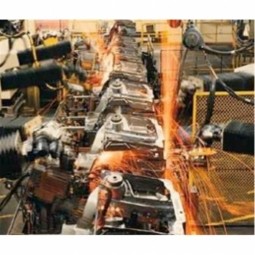 |
Schneider Automation PLCs
Schneider Automation wanted a solution to its PLCs on the factory floor so that they can meet cost target for manufacturing systems. The challenges were that the solution needed to connect smaller PLCs and embedded devices that have limited storages or processing capacities. |
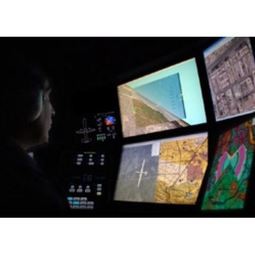 |
Unmanned Aircraft Systems (UAS) Ground Control Station (GCS)
General Atomics had to meet strict requirements for data bandwidth and availability. They could have designed and implemented a custom solution for data integration on their own, but that would have significantly delayed the project. Plus the lifecycle cost of developing and maintaining a custom software solution for a specific project can be enormous. |
Podcasts
Number of Podcasts1
|
IIC x IoT ONE Industrial IoT Spotlight Podcast EP035: Are communication standards really important? — An Interview with Stan Schneider of RTI
Wednesday, Jul 04, 2018
*This episode of the Industrial IoT Spotlight Podcast is sponsored by the Industrial Internet Consortium What are the only five questions you should ask to determine which communication standard to use? How should we handle the challenge of defining standards? What does the vastness and confusion of the IoT market mean for technology solution providers? Stan explains to us how the IIC is helping to define standards in communications by clarifying vocabulary. He also explains to us the origin of the IoT hype and how both industrial and technology companies should do to succeed in this market.
Read More
|



